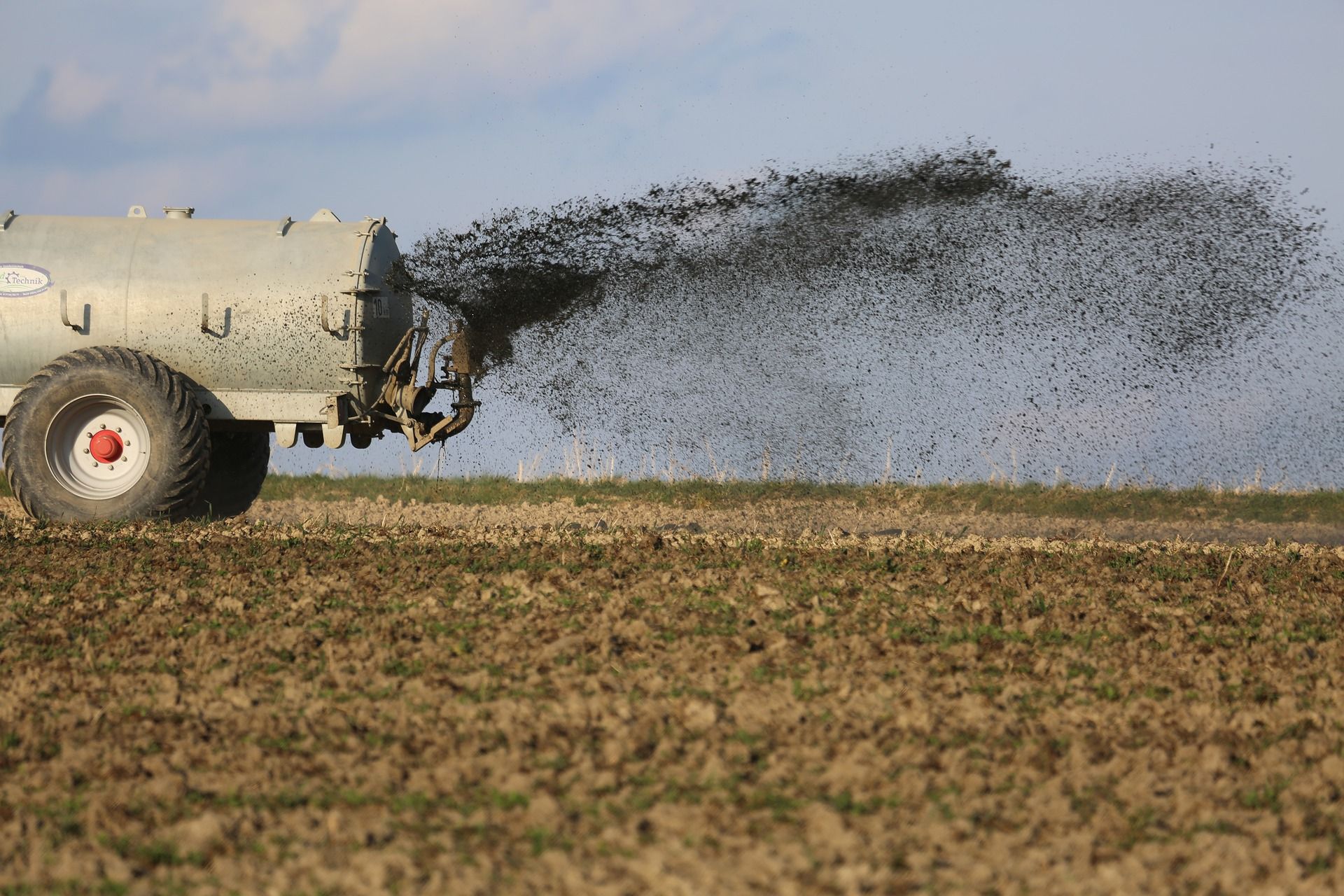Twenty years ago, the idea of using the microbes that live in the soil to improve crop yields and as a replacement for traditional nitrogen or phosphate fertilizers would have been inconceivable.
Today, commercial biofertilizers are a reality, with fertilizer industry analysts predicting that biofertilizer products will take an ever-larger share of the market year after year for decades to come.
But how did microbiology get the chance to replace the certainty of chemistry in the agricultural inputs sector? How could selling ‘bugs in a jar’ replace a multi-billion-dollar industry that feeds the world?
Like all innovations, the biofertilizer industry was born out of necessity.
For a large part, the biofertilizer industry was led by the need to make fertilizer with less energy and with less environmental damage than that caused by conventional fertilizers.
“While chemical fertilizers have been around for 100 years and are [..] responsible for about half of the world’s food supply, they have an environmental downside,” explains Karsten Temme, the CEO and co-founder of Pivot Bio, the world’s first commercial producer of biofertilizer for America’s corn growers. “Farmers know that maybe half of the chemical fertilizer they apply is actually used by the crop. Chemical fertilizers are volatile - they don’t stay put. They will either decompose or volatilize into the air emitting harmful nitrous oxide, a greenhouse gas 300 times more potent than CO2.”
Additional harm is caused by fertilizer leaching and field run off which ends up in waterways. “When chemical fertilizers end up in the water, they become nitrates, which significantly contribute to the 500 dead zones around the world, the largest is in the Gulf of Mexico.”
These dead zones are stretches of seawater filled with annually blooming algae fed by the nitrogen run off. At the end of the summer, when the algae die off, they decompose, sucking up so much of the water’s oxygen that all nearby aquatic life suffocates. In 2017, the Gulf of Mexico dead zone measured 8,776 square miles.
“The concerns have grown about the environmental impact of synthetic fertilizers, particularly in the last five years,” says Mike Miille, CEO of Joyn Bio, a producer of biofertilizer which aims to engineer a microbe that can reduce traditional chemical nitrogen fertilizer needs by up to 50%. “People are more desperate than ever to understand what, if any, alternatives there are.”
But getting biofertilizers of sufficient quality to replace traditional, chemical fertilizers isn’t easy, fast, or cheap.
Joyn Bio began life as a joint venture between German, biotech giant Bayer and the start-up Ginkgo Bioworks at a cost of $100 million. Their plan to bioengineer corn and wheat crops so that they are self-fertilizing for nitrogen (much like legumes are) is still two or three years from field testing its first product.

Other start-ups like Pivot Bio and Indigo Ag have been looking at ways to capture natural soil microbes that can be modified into a commercial fertilizer product.
As the technology journal Wired, explains, “There were bacteria that lived on corn roots that had nitrogen-fixing genes encoded in their DNA. But because the process is so energy-expensive, those bacteria only flipped those genes when needed. And because farmers always plant in fertilized fields, those genes had gone dormant over the decades. Someone just had to turn them back on.”
“What we’re trying to do is actually reawaken this function that the microbe has had all along,” says Temme.
“Pivot Bio has $86.7M in funding to date and plans to create microbial solutions for wheat and rice in the future,” reports the scientific journal OneZero. “Pivot Bio's initial funding came from the Bill and Melinda Gates Foundation, the National Science Foundation, and the Defense Advanced Research Projects Agency.”
But while this may sound like some serious investment, it was always far-from certain that a practical biofertilizer from such microbes was possible. As Temme observes, “Creating a next-gen fertilizer is the hardest problem in agriculture.”
To find out what they discovered and how they got there, continue reading; The Story of How Biofertilizers for Corn Went Commercial part 2.
Photo credit: Geneticliteracy, Wired, Megsduerken, Youtube, Grist, LiveScience, ScienceSocieties, Grist, CropscienceBayer, & Onezero
